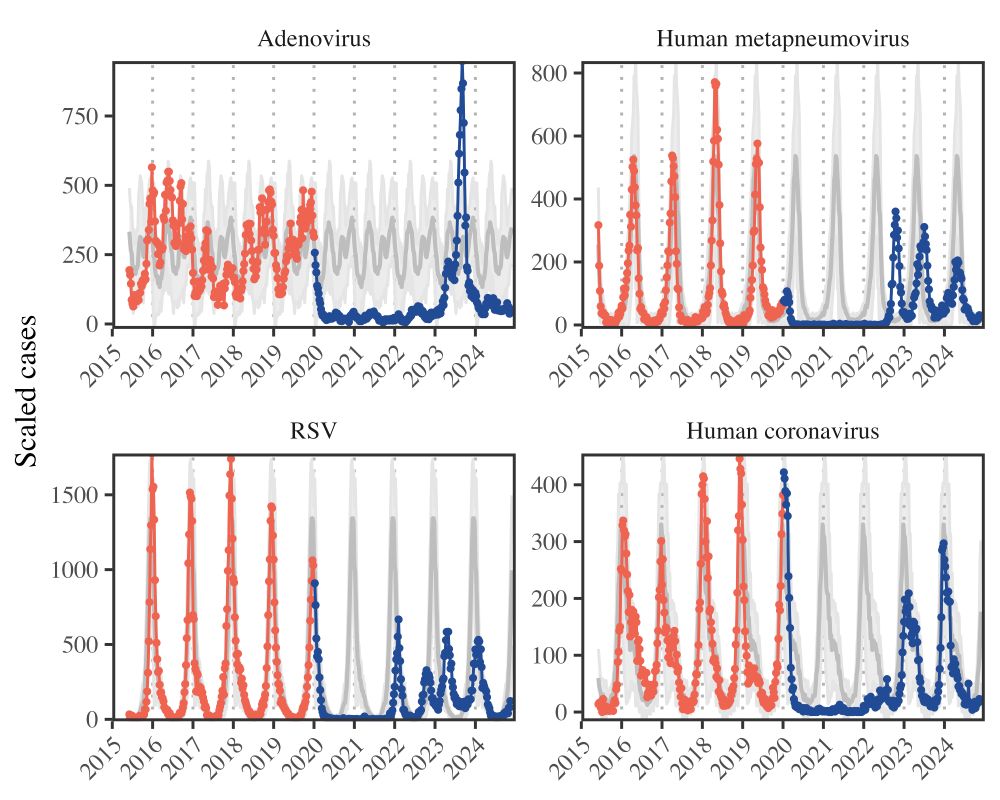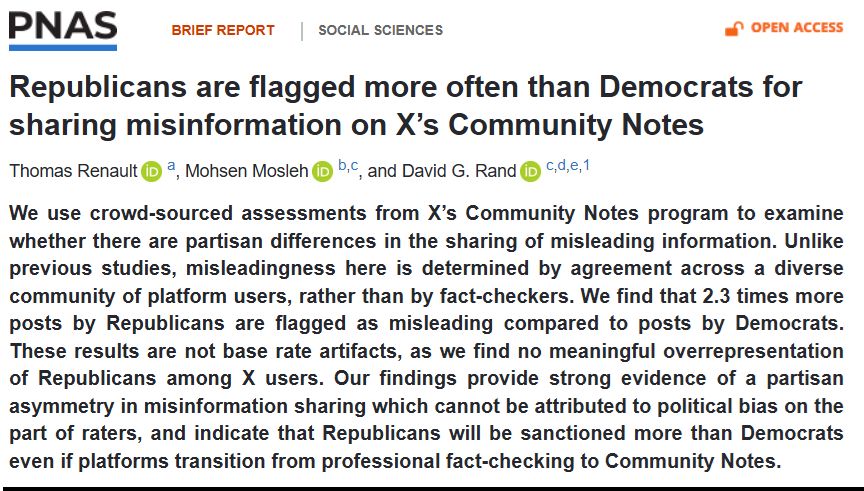Luis Zaman
@luiszaman.bsky.social
1.7K followers
260 following
45 posts
Assistant Prof. at University of Michigan in Complex Systems and Ecology & Evolutionary Biology. We study coevolution with phage and self-replicating computer programs!
Posts
Media
Videos
Starter Packs
Reposted by Luis Zaman
Reposted by Luis Zaman
Reposted by Luis Zaman
Joshua Weitz
@joshuasweitz.bsky.social
· Aug 12
Reposted by Luis Zaman
Carl T. Bergstrom
@carlbergstrom.com
· Aug 12
Reposted by Luis Zaman
Reposted by Luis Zaman
Philip Ball
@philipcball.bsky.social
· Aug 1
Reposted by Luis Zaman
Simon Roux
@simrouxvirus.bsky.social
· Jul 22
Reposted by Luis Zaman
Meike Wortel
@meikewortel.bsky.social
· Jul 26

Density-dependent feedback limits the spread of beta-lactamase mutants: experimental observations and population dynamic model | mBio
Since the discovery of penicillin, β-lactam antibiotics have become the most widely
used antibiotics to treat bacterial infections. Their applicability is decreasing
because bacteria evolve resistance...
doi.org
Reposted by Luis Zaman
Reposted by Luis Zaman
Reposted by Luis Zaman
Dave Baltrus 🦦
@surtlab.bsky.social
· Jul 11
Luis Zaman
@luiszaman.bsky.social
· Jul 11
Reposted by Luis Zaman
Luis Zaman
@luiszaman.bsky.social
· Jun 30
Reposted by Luis Zaman
Reposted by Luis Zaman
Vivek Mutalik
@vivekmutalik.bsky.social
· Jun 21

The human phageome: niche-specific distribution of bacteriophages and their clinical implications | Applied and Environmental Microbiology
In recent years, there has been a tremendous increase in interest in human microbiome studies. The great part of this study area is covered by bacteria; however, bacteriophages (phages, viruses able to infect bacteria) also play a crucial role in this structure. Phages, as a significant part of the microbiome, have become the subject of increasing interest. Nevertheless, studies of the phageome remain challenging due to the great diversity of these viruses and lack of universal markers (unlike bacteria which have 16S rRNA for identification) (1). Traditional methods of phage identification based on bacterial host cultures have limited applicability for phage detection, mostly due to the significant contribution of laboratory unculturable or difficult-to-culture bacteria that are hosts for many phages constituting the phageome. These barriers have been overcome to some extent by the use of high-throughput DNA sequencing like next-generation sequencing (NGS). Application of this technology was a milestone in phageome studies (2). NGS has become the major tool for exploring and investigating phage presence in biological samples. Sequencing-based molecular methods have revealed that many human niches are inhabited by unique and place-specific microbiomes including phages (3). Due to the development of metagenomic profiling, comprehensive analysis of phages inhabiting different compartments of human bodies has become possible. These analyses demonstrated that phages are most abundant in the oral cavity, gastrointestinal tract, urinary tract, skin, and lungs (4).
journals.asm.org
Reposted by Luis Zaman
Reposted by Luis Zaman
Reposted by Luis Zaman
Reposted by Luis Zaman
Gina Baucom
@gbaucom.bsky.social
· Jun 7














